STEP AWAY FROM THE KEYBOARD
Ever had a tune or melody in your head but not the musical know-how to lay it down with a keyboard? Humming melodies into your DAW can be a quick and effective way to conjure up new musical riffs.
Step 1
We’re using an iPhone to capture audio here as it makes the process super quick and easy wherever you are. You could of course record straight into your DAW but this is a nice way to capture ideas when you’re out and about.
There are tons of audio recording apps out there, but we’re using Rode Rec, which is also available as a slightly stripped down free LE version.
We load up the app, hit the + icon bottom centre to bring up the Record page, press the Record button and simply hum our melody into the phone. How does it sound at this point? Horrendous! If you have any kind of singing talent you’ll be able to hum something much more catchy, but we want to show how even a terrible performance can be turned into something effective.
Audio PlayerStep 2
With our audio recorded, we’ll email it to get it into our DAW. In Rode Rec, hit the share button to create an email with the audio attached and send it to yourself.
Step 3
We’ve brought our audio recording into an empty Logic project. We’ll be using Logic’s Flex Pitch feature to determine the MIDI notes of our hummed melody. Hit cmd-F to Show Flex Pitch/Time and press the Flex icon on the audio channel so it turns purple. Select the Flex Pitch Mode and double-click on the audio region to bring up Flex Pitch editing. In the top left of the window there is an Edit drop-down menu. Select ‘Create MIDI Track from Flex Pitch Data’ towards the bottom of this menu and Logic will extract the MIDI data and create an Electric Piano instrument with this MIDI region.
Audio PlayerStep 4
There’s definitely more than one off note in this hook, but Logic’s MIDI quantising options will be able to take care of them very quickly. Double-click on the MIDI region created, highlight all the MIDI notes (cmd-A) and hit Q to time quantise them.
Below Time Quantize you will also see Scale Quantize. We can use this to snap the notes to a scale of our choice. We select C and Natural Minor, and with all the MIDI notes still highlighted hit the Q button again. The result is our badly hummed melody, cleaned up and put into tune:
Audio PlayerStep 5
Now it’s simply a case of transferring the MIDI pattern to a much more interesting sound and starting to build some more elements around our hook.
We load U-he’s Bazille, select the ‘BL Minor 7th Chord’ preset, add some drums and get to work filtering the synth. From our horribly hummed melody, we’ve created the basis of a new track.
Audio Player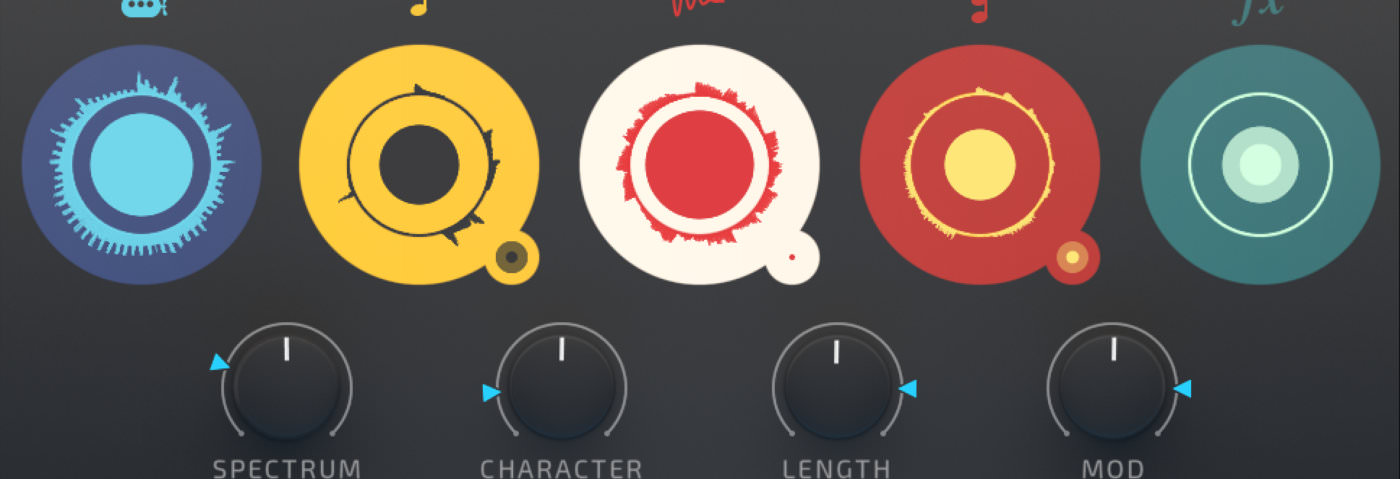
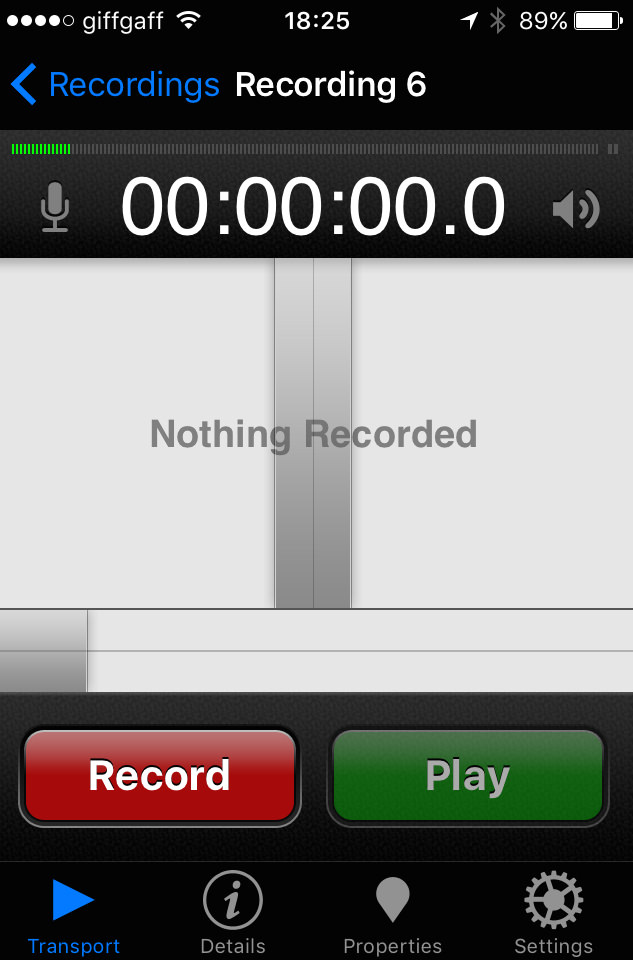

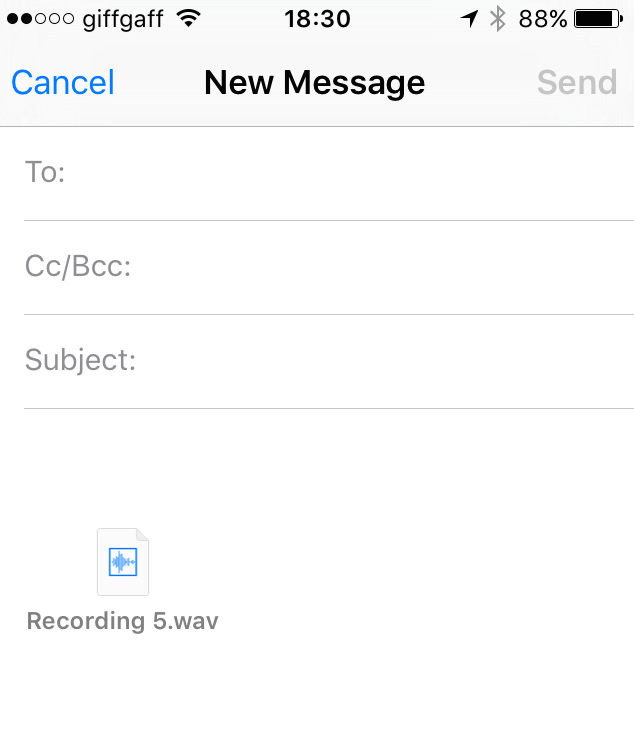
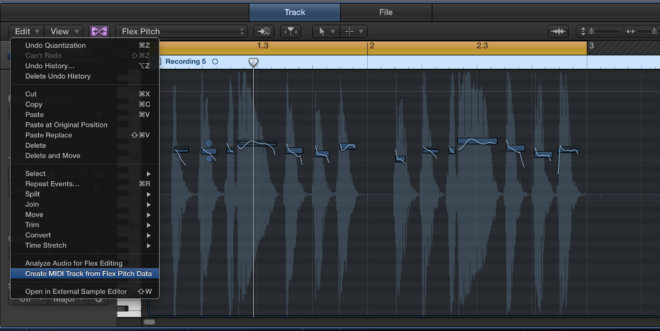
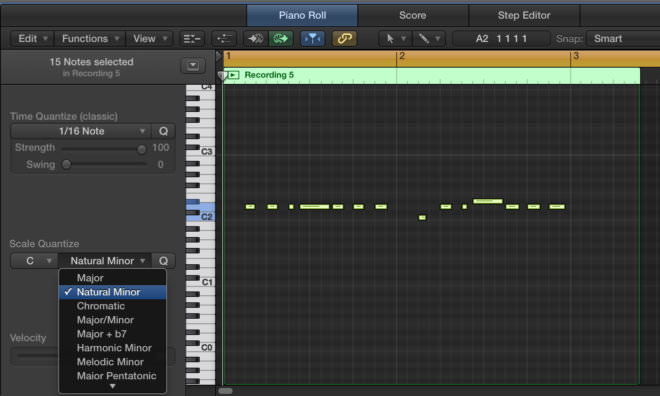
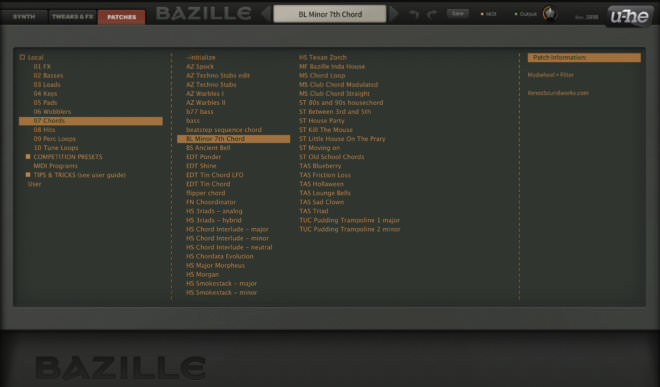

03.54 AM
Really nice tutorials thank you !
Any way to do the tutorial number 4 with only Ableton ?
08.53 AM
In session view, right click on your audio region and select ‘Convert Audio to New MIDI Track’
10.12 AM
In this case, “Convert Audio to new Midi Track” is going to slice the audio up. If you want to extract the melody, just right click and select “Convert Melody to new Midi Track”
05.40 PM
Thanks for clearing that up Ben!
07.22 PM
I think its fair to say most people can get nice loops going, but moving beyond that can be the problem, fleshing out an idea can be difficult – and loop-mong often sets in…… better off doing some tutorials about that subject………
08.14 PM
This was GREAT! Thanks for all the ideas. I love the fact that I can record my voice and create a midi track out of it.
12.36 PM
Thanks you Ben and Jonny Striate !
08.29 AM
Genius. Thanks for the tips!
09.55 AM
audio doesn’t appear to be working for these examples?
11.05 AM
Thanks for pointing this out Craig.
It appears to be working for us.
Which browser are you in?
Is it all the examples?
06.30 PM
The last tip is really really great, never thought about it.
02.49 PM
I have done this couple of times myself. It’s great trick how to kick off creative process. I never understood why it works so well but recently someone told me that it’s not melody (or notes) itself that is catchy, it’s the rhythm. It might be most boring chord progression ever, but if you play it in cool fashion, add some swing… You’ve got yourself a banger